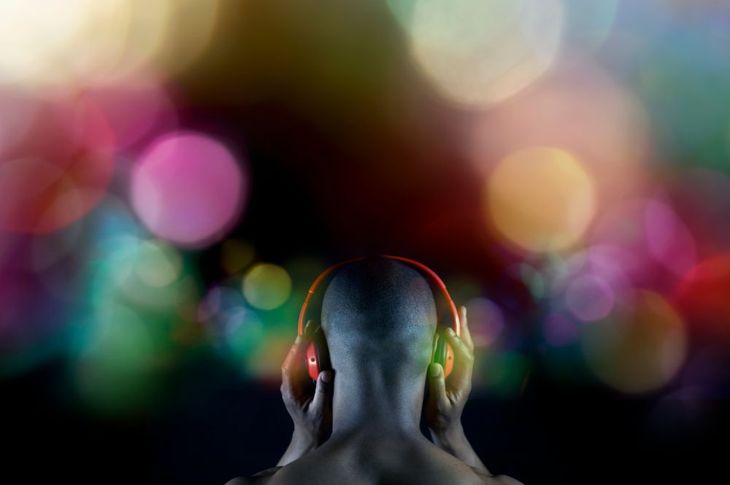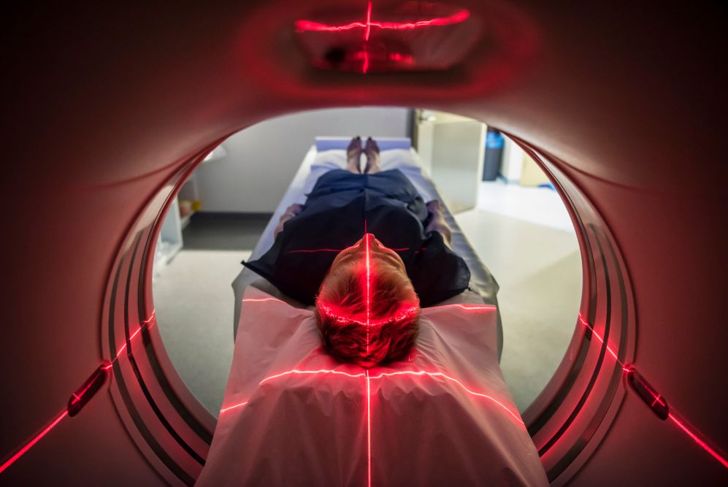Synesthesia is a neurological condition that causes a stimulus to activate several of the senses. For example, one might associate music with color. An individual with synesthesia is a “synesthete.”
Signs of Synesthesia
Awareness of synesthesia can vary, and a synesthete may not even fully understand what they are experiencing. Generally, synesthesia combines the effects of multiple senses in response to a stimulus. A person may envision a shape while eating or see a color when listening to music. Synesthesia often involves a link between two senses, though some synesthetes have experience associations involving three or even all of their senses.
Types
Studies and reports identify more than 80 types of synesthesia. However, due to the difficulty of investigating the topic, only a few have undergone substantial research.
Grapheme-color Synesthesia: Letters and numbers have an inherent shade or tinge
Chromesthesia: Sounds create colorful visuals, colors can vary depending on the sound’s source
Spatial Sequence Synesthesia: Numerical sequences are visualized as physical points in space
Number Form: Numbers are visualized on a mental map that involuntarily appears
Auditory-tactile synesthesia: Sounds trigger physical responses in the body
Ordinal Linguistic Personification: Sequences are associated with personalities or genders, also known as “sequence-personality synesthesia”
Misophonia: A neurological disorder; sounds trigger emotions like disgust or anger
Mirror-touch: Feeling the same physical sensation as someone else without the same stimulus
Lexical-gustatory: Hearing words creates a taste; for example, “horse” tastes like waffles
Kinesthetic: Incredibly rare, similar to auditory-tactile synesthesia but it extends beyond numbers or letters
Rarer Forms of Synesthesia
A study of two experienced swimmers with synesthesia found that both had an incredibly specific form of the condition. These swimmers stated that different swimming styles evoked unique synesthetic colors, and researchers coined their condition “swimming-style synesthesia.” Because these responses are normal for the synesthetes who experience them, many people may not realize that they have synesthesia.
Neural Basis
Each region of the brain specializes in different functions. The regions can communicate to perform tasks, and synesthesia may be the result of higher levels of this kind of communication. Regions for number and letter identification are adjacent to the region of the visual cortex that responds to colors. Cross-activation could cause someone to identify a letter alongside a colorful visual. Brain imaging and studies on fetuses found higher levels of connectivity in other types of synesthesia, as well.
Prevalence
It is difficult to uncover just how many people have synesthesia, largely due to the lack of understanding of the condition. Additionally, researchers are regularly discovering and proposing new forms. Current estimates suggest that around 4% of the population has synesthesia, though it may be as many as 25%. Synesthesias involving color appear to be the most common, occurring in 86% of synesthetes.
Testing for Synesthesia
Diagnosing synesthesia is fairly straightforward, though it can take some time. One testing method involves presenting a participant with triggers for the most common types of synesthesia. For example, a doctor may play a sound and ask the participant to identify any synesthetic effects. After a short period, the doctor repeats the test to check whether the stated effects stay the same. Synesthetes regularly score around 90% on reliability, while a non-synesthetes score between 30 and 40%.
Treatment
For the average synesthete, their condition poses no harm. It is simply a difference in perception. However, misophonia or mirror-touch synesthesia can cause pain and distress. Because of the lack of knowledge concerning the condition, there are no official treatments. Some synesthetes seek counseling to learn to manage their symptoms.
Potential Benefits
Studies suggest that synesthetes have better memories and an easier time learning certain topics. People with chromesthesia may learn to play a musical instrument faster than their peers, thanks to their ability to “see” the sound. Numerous studies show that synesthetes can harness their unique perspectives to learn, leading to a hypothesis that synesthesia develops further because it is useful for learning. Additionally, synesthete artists and writers have spoken at length about how their abilities have positively influenced their works.
Notable People With Synesthesia
Many notable people in recent history have been synesthetes. Musicians like Pharrell Williams, Billy Joel, and Duke Ellington have openly discussed their synesthesia and how it informs their music. Joanne Harris experiences colors as scents, and her novels often focus on taste and smell. The physicist Richard Feynman wrote about his experiences with numbers and synesthetic colors in his autobiography, discussing how his colored equations helped him.
Ongoing Synesthesia Research
As research continues, the scientific understanding of synesthesia changes. Some experts are studying connections between synesthesia and conditions such as autism. Others are attempting to uncover information about the brain’s connectivity by studying imaging scans of synesthete brains. A recent rise in the popularity of Autonomous Sensory Meridian Response (ASMR) has led to a discussion on whether the physical sensations some people feel in response to ASMR are a form of synesthesia.

 Home
Home Health
Health Diet & Nutrition
Diet & Nutrition Living Well
Living Well More
More




















